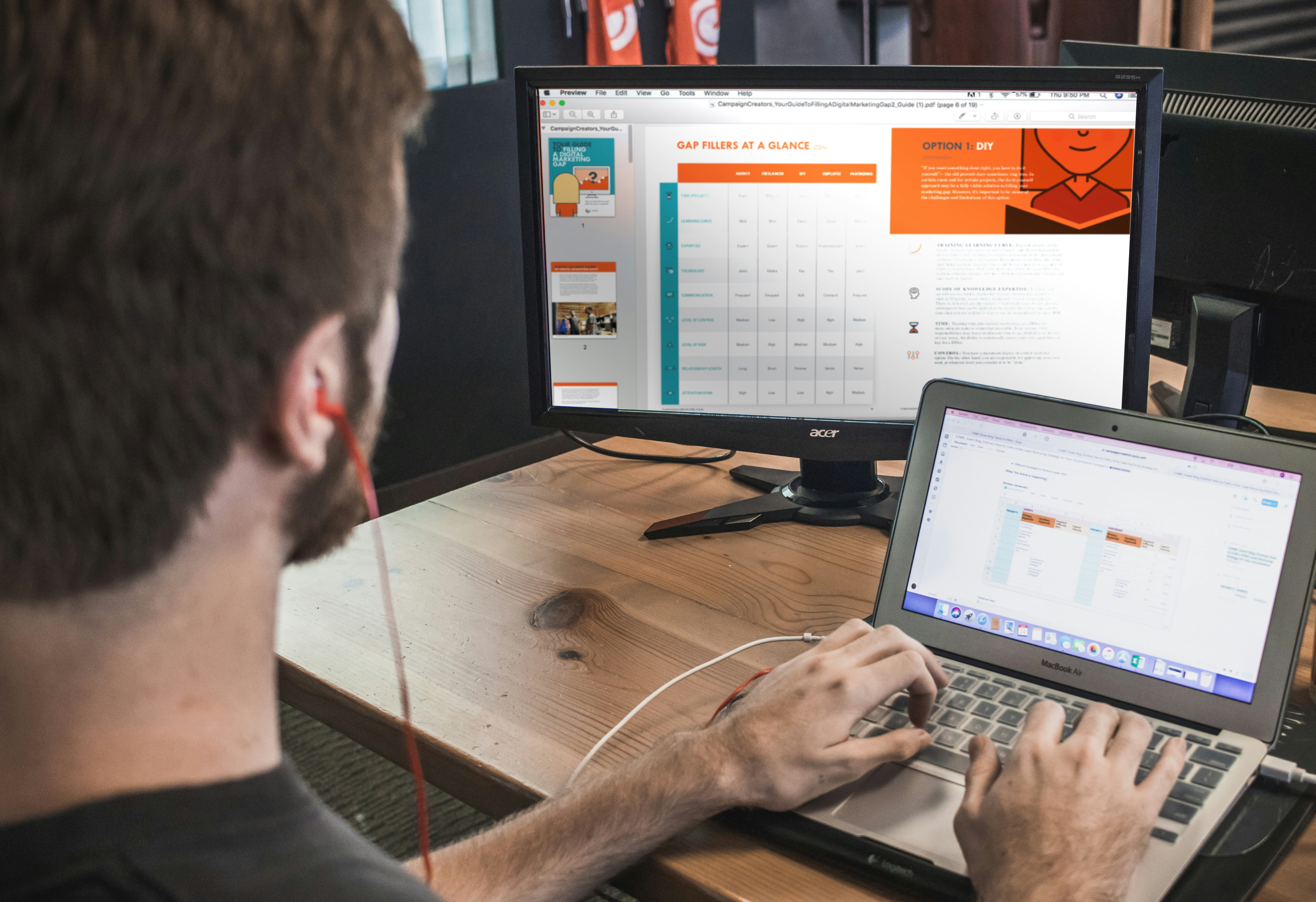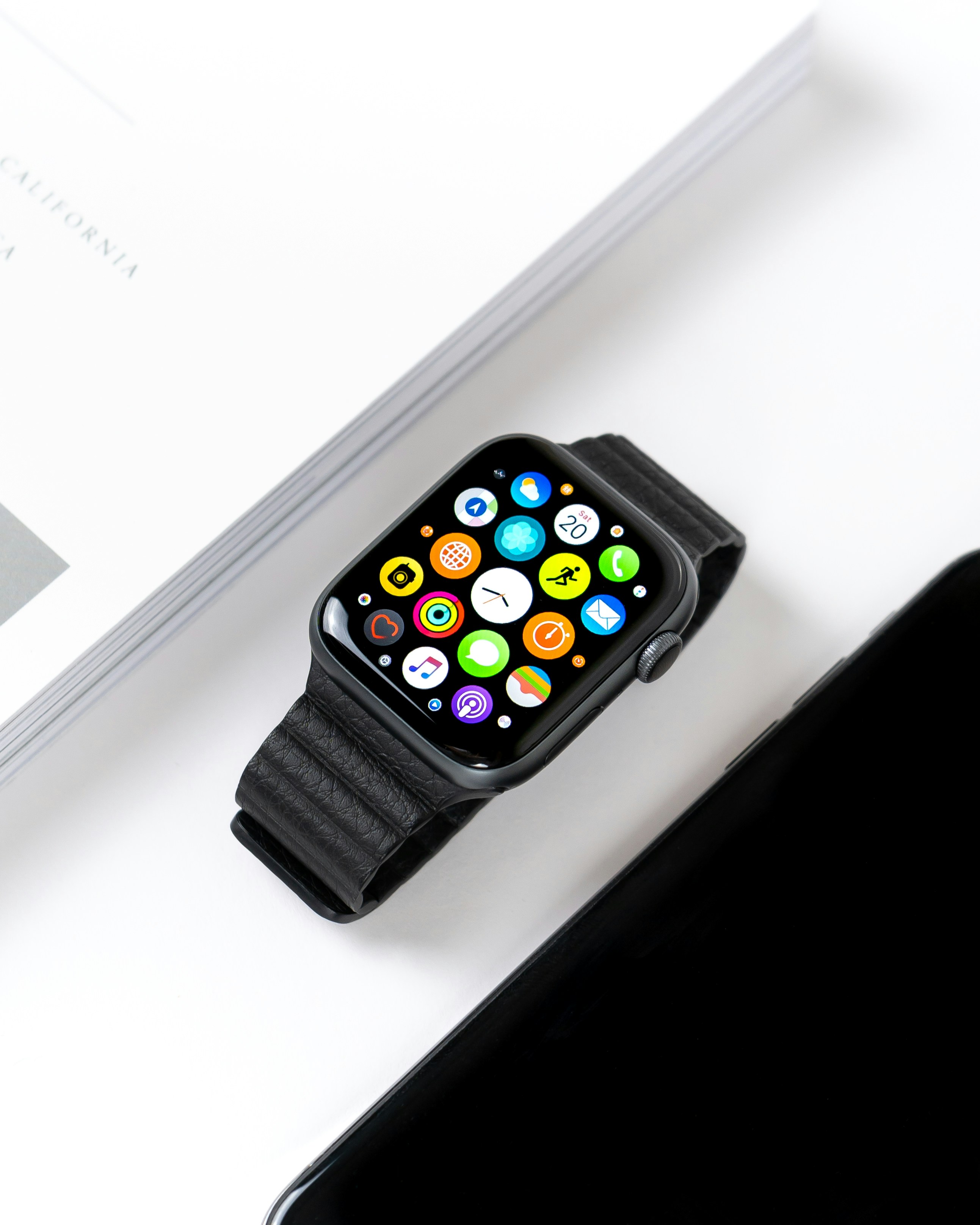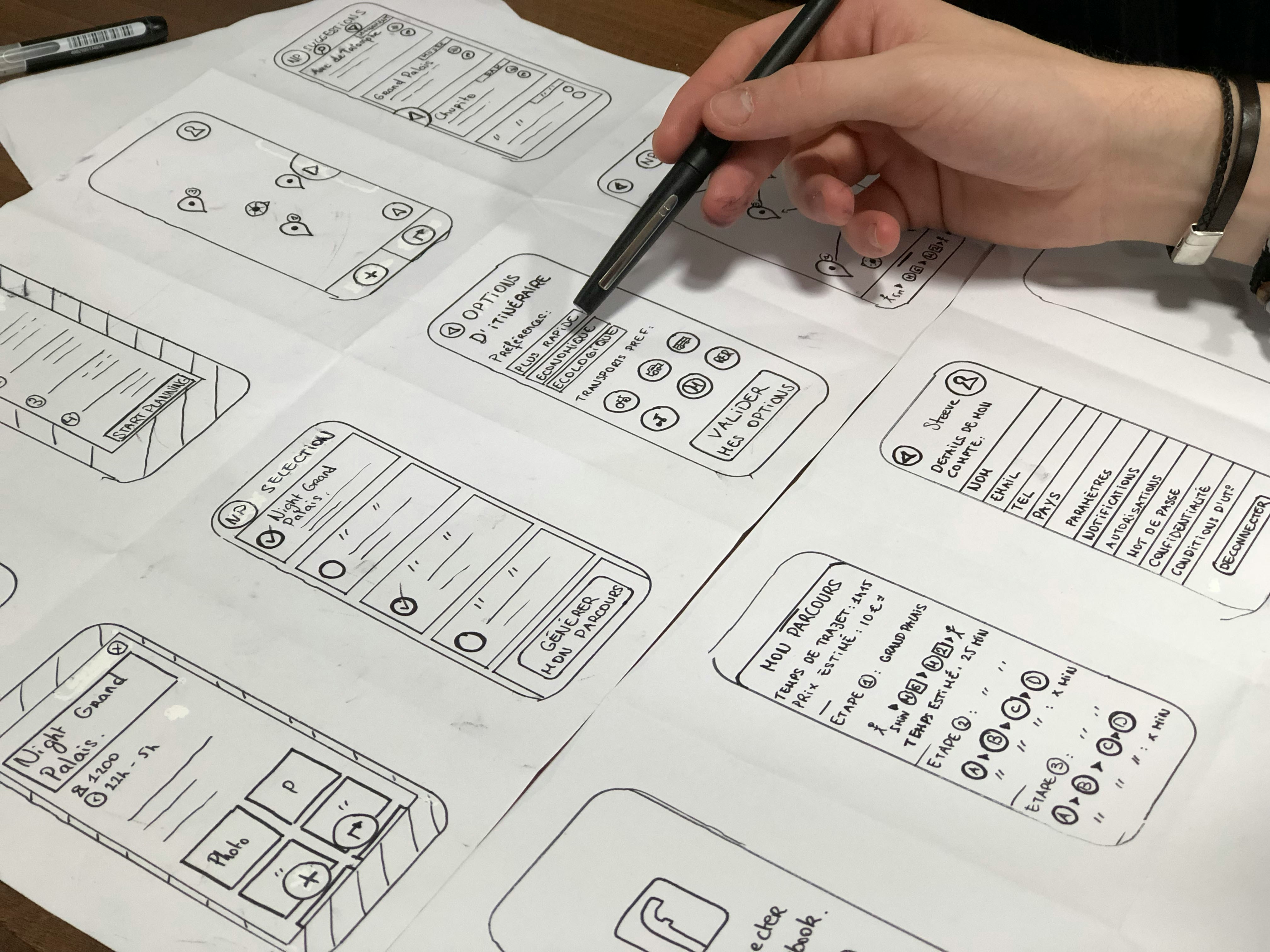Responsive Web Design: Best Practices and Tips
Posted on
Jun 21, 2024
Posted at
Web Design
In today's digital landscape, responsive web design (RWD) is crucial for creating websites that deliver a seamless user experience across a variety of devices and screen sizes. With the proliferation of smartphones, tablets, and other mobile devices, responsive design ensures that a website is accessible, usable, and visually appealing on any device. This guide explores best practices and tips for implementing responsive web design effectively.
What is Responsive Web Design?
Responsive web design is an approach to web development that ensures a website’s layout and content adapt smoothly to different screen sizes and orientations. The goal is to provide an optimal viewing experience by adjusting the site’s design to fit various devices, from desktop monitors to mobile phones.
Best Practices for Responsive Web Design
Fluid Grid Layouts
1.1 Use Percentage-Based Widths
Goal: Create a flexible layout that adjusts to different screen sizes.
Actions: Use relative units like percentages instead of fixed units like pixels for layout widths. This allows content to resize proportionally.
1.2 Design with Breakpoints
Goal: Optimize the layout for various device widths.
Actions: Define breakpoints in your CSS to adjust the layout based on screen size. Common breakpoints include 320px (mobile), 768px (tablet), and 1024px (desktop).
Flexible Images and Media
2.1 Use Responsive Images
Goal: Ensure images scale appropriately on different devices.
Actions: Use CSS techniques like
max-width: 100%to make images resize within their containers. Consider using thesrcsetattribute for responsive images to serve different resolutions based on device capabilities.
2.2 Optimize Media Files
Goal: Improve page load times and performance.
Actions: Compress and optimize media files to reduce their size without sacrificing quality. Use formats that support high-quality images and videos, like WebP for images and MP4 for videos.
Mobile-First Design
3.1 Prioritize Mobile Design
Goal: Focus on delivering a great user experience on mobile devices.
Actions: Start designing for the smallest screen size and progressively enhance the design for larger screens. This approach ensures that essential content and functionality are available on mobile devices.
3.2 Test Mobile Usability
Goal: Ensure the site is usable and accessible on mobile devices.
Actions: Test your design on various mobile devices and screen sizes to identify and address usability issues. Pay attention to touch interactions and readability on small screens.
Responsive Typography
4.1 Use Relative Units for Font Sizes
Goal: Ensure text scales appropriately on different devices.
Actions: Use relative units like
emorremfor font sizes instead of fixed units like pixels. This allows text to adjust based on the user’s screen size and preferences.
4.2 Implement Responsive Typography Techniques
Goal: Maintain readability across devices.
Actions: Use techniques like viewport width (VW) units or CSS clamp() to create responsive font sizes that scale with the screen size.
Navigation and Interaction
5.1 Design Touch-Friendly Navigation
Goal: Create a user-friendly experience for touch devices.
Actions: Ensure that buttons and links are large enough to be easily tapped. Provide ample spacing between interactive elements to prevent accidental taps.
5.2 Use Responsive Navigation Menus
Goal: Adapt navigation for different screen sizes.
Actions: Implement responsive menu designs such as hamburger menus for mobile devices and expandable menus for larger screens.
Performance Optimization
6.1 Optimize Load Times
Goal: Improve user experience and engagement.
Actions: Minimize HTTP requests, use asynchronous loading for scripts, and leverage browser caching. Optimize CSS and JavaScript files to reduce page load times.
6.2 Implement Lazy Loading
Goal: Enhance page performance and speed.
Actions: Use lazy loading techniques to defer loading of images and other resources until they are needed. This reduces initial page load time and improves overall performance.
Accessible Design
7.1 Ensure Accessibility Compliance
Goal: Make your website accessible to all users, including those with disabilities.
Actions: Follow accessibility guidelines such as the Web Content Accessibility Guidelines (WCAG). Ensure that all interactive elements are keyboard navigable and use appropriate ARIA (Accessible Rich Internet Applications) attributes.
7.2 Test with Assistive Technologies
Goal: Validate accessibility for users with disabilities.
Actions: Test your site using screen readers and other assistive technologies to identify and address accessibility issues.
Consistent User Experience
8.1 Maintain Design Consistency
Goal: Ensure a cohesive look and feel across devices.
Actions: Use consistent design elements, such as color schemes, fonts, and branding, across all screen sizes. This helps create a unified user experience.
8.2 Adapt Layout and Content
Goal: Provide a seamless experience across devices.
Actions: Adjust layout and content based on screen size, but ensure that the core message and functionality remain consistent.
Tips for Implementing Responsive Web Design
Use CSS Media Queries
1.1 Define Breakpoints
Goal: Apply different styles based on screen size.
Actions: Use media queries to apply specific styles at various breakpoints.
Leverage Frameworks and Tools
2.1 Utilize Responsive Frameworks
Goal: Accelerate development with pre-built components.
Actions: Consider using responsive design frameworks like Bootstrap or Foundation, which provide a grid system and responsive components.
2.2 Use Design Tools
Goal: Streamline the design process.
Actions: Use tools like Figma or Adobe XD, which offer responsive design features and allow for easy creation of adaptive layouts.
Regularly Test and Iterate
3.1 Test Across Devices and Browsers
Goal: Ensure consistent performance and appearance.
Actions: Test your design on various devices, screen sizes, and browsers to identify and fix issues.
3.2 Gather User Feedback
Goal: Improve user experience based on real-world usage.
Actions: Collect feedback from users about their experience on different devices and use it to make necessary adjustments.
Conclusion
Responsive web design is essential for delivering a seamless user experience across a wide range of devices and screen sizes. By following best practices and implementing tips for fluid grids, flexible images, mobile-first design, and performance optimization, you can create a website that meets the needs of all users. Regular testing, iteration, and adherence to accessibility guidelines further ensure that your responsive design delivers a consistent and engaging experience for everyone.






